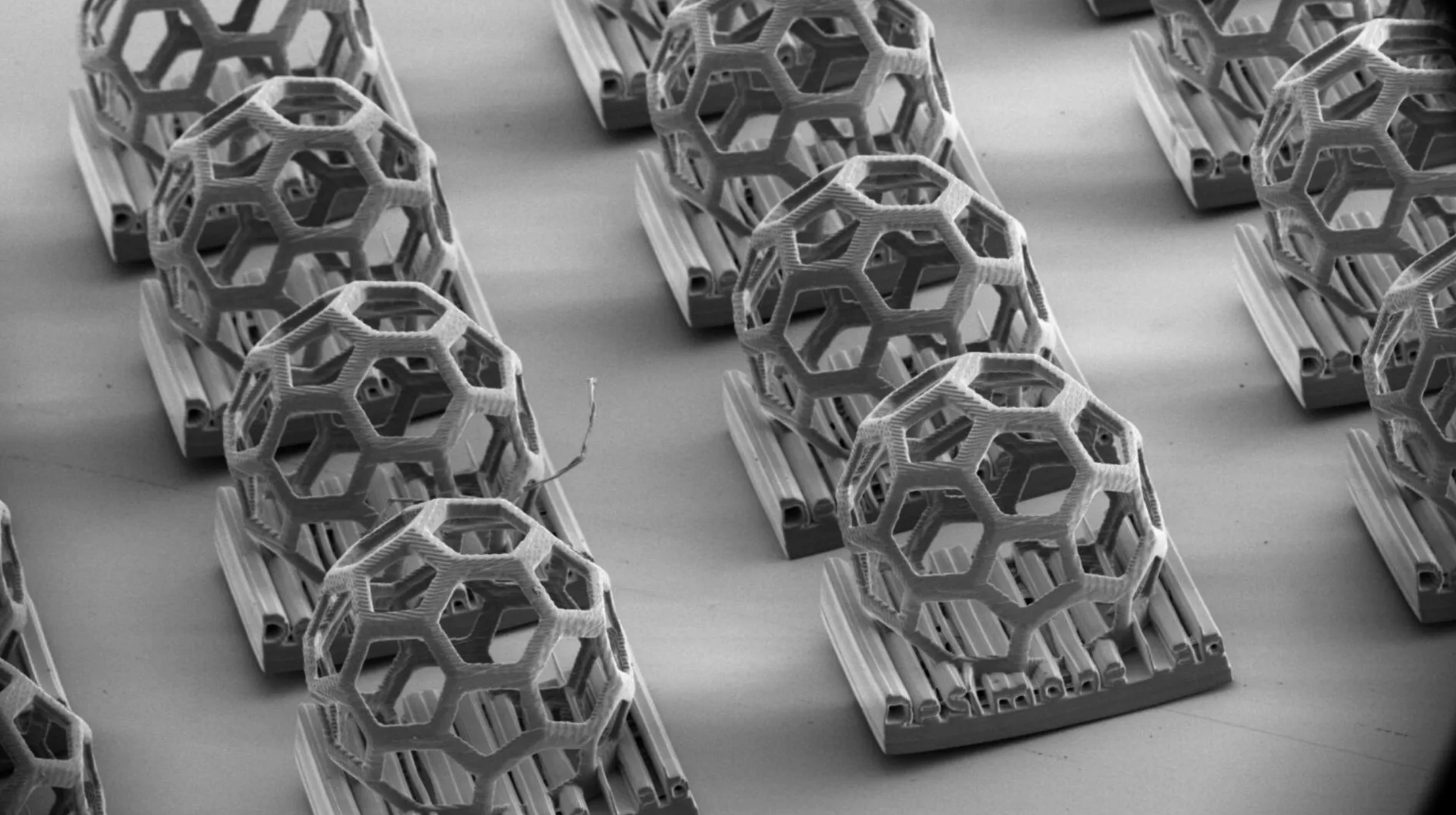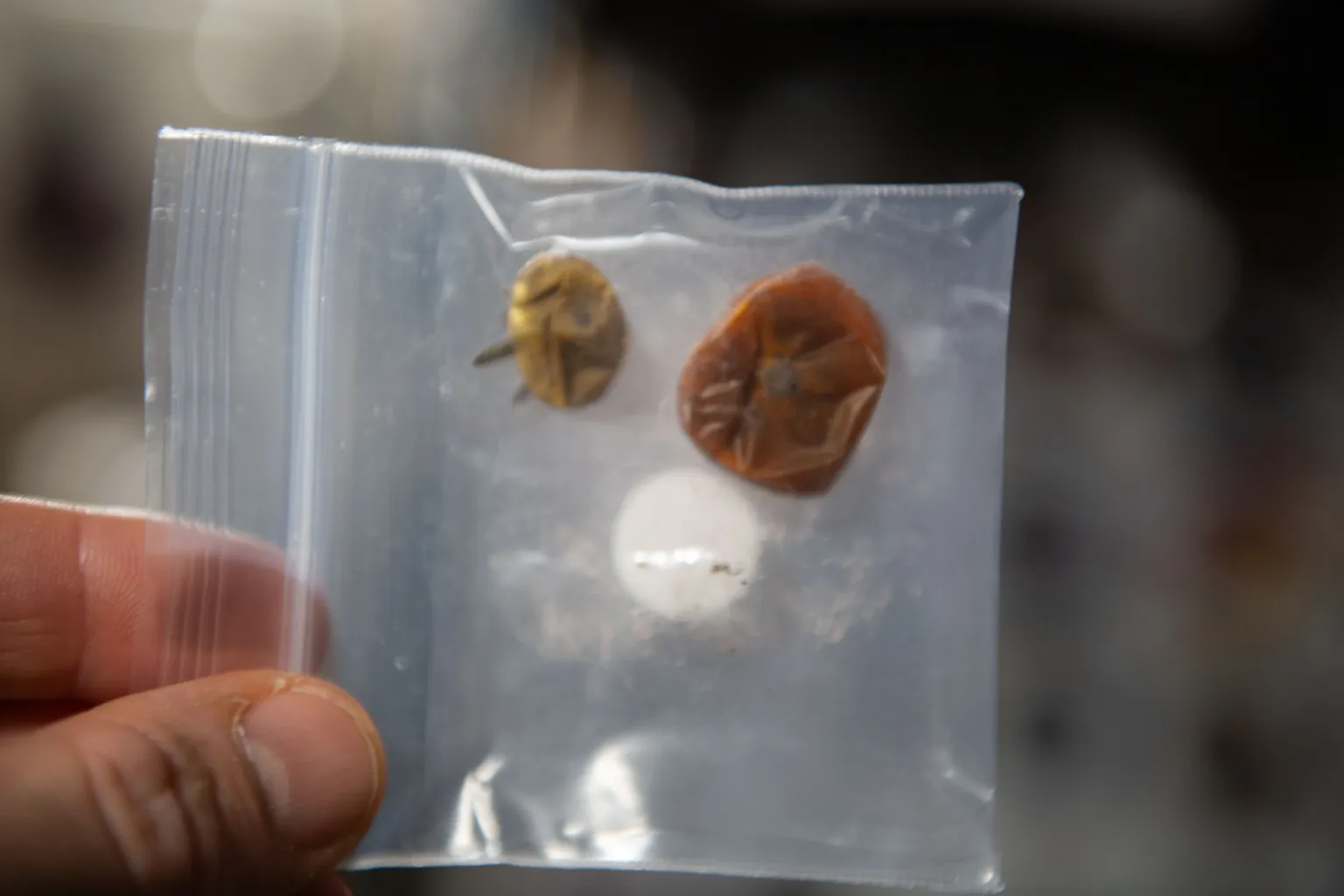Researchers at University of Alberta have discovered that phosphorus and zinc can be used to make inexpensive nanoparticle-based solar cells that can turn the sun’s power into electrical energy. Researchers have designed nanoparticles that absorb light and conduct electricity from these two elements.
It is a big breakthrough in making solar power more accessible to parts of the world that are off the electricity grid. Phosphorus and zinc are abundant materials in Earth’s crust and are more easily available than rare earth materials like cadmium. Moreover, there are no manufacturing restrictions imposed on phosphorus and zinc as is on lead-based nanoparticles.
The new nanoparticle-based solar cells are very easy to manufacture; these can be mass-manufactured using plain methods like roll-to-roll printing or spray-coating. By lowering the cost of manufacture, solar power is made more affordable, which is one of the biggest hurdles to widespread adoption faced by the solar power industry.
This research offers a promising approach towards making the Nanoparticle-based ‘inks’ which could be used to paint or print solar cells that are responsive to light. The researchers at University of Alberta are now conducting experiments with the nanoparticles by spray-coating them onto large solar cells to test their efficiency.






